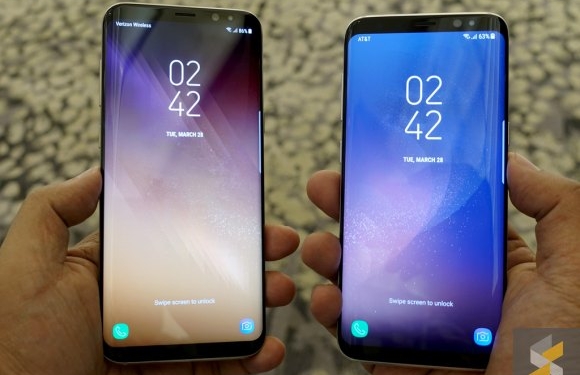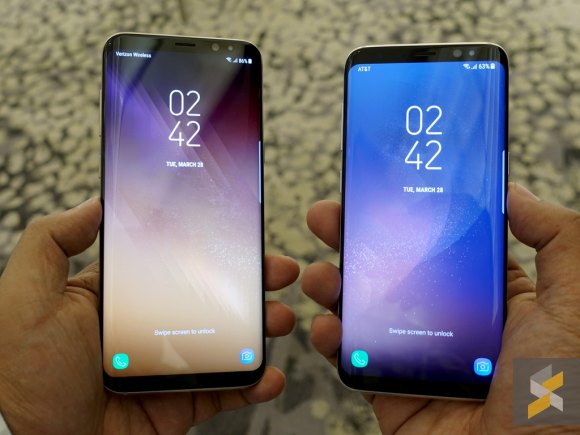Samsung is always known for its excellent displays whether it’s on smartphones or TVs. On the new Galaxy S8, they have taken its display up a new level by scoring a significant A+ from DisplayMate, a company that specialises in colour accuracy and display evaluation.
The Galaxy S8 puts more emphasis on the screen which now dominates the entire front of the smartphone. To maximise screen real estate, Samsung has trimmed excess space around the screen and they have went with an 18.5:9 display aspect ratio which is said to be optimised for cinematic content. In terms of resolution, the Galaxy S8 is touching 3K territory with its 2960×1440 pixels resolution on a double-curved AMOLED panel. That’s a pixel density of 570 ppi (pixels per inch) for a 5.8″ screen of the Galaxy S8.
They have also noted that the Galaxy S8 is the world’s first smartphone to have Mobile HDR Premium certification by UHD Alliance. This allows it to display the same HDR content optimised for today’s 4K UHD TVs. The Galaxy S8 display has an accurate 100% DCI-P3 colour gamut and peaked brightness of 1,020 nits in auto and up to 610 nits in manual. Like the Note7, the Galaxy S8 has two ambient light sensors (front and back) for better automatic brightness adjustments. Compared to the Galaxy S7, the S8 display is 5-10% brighter and up to 19% brighter under automatic brightness.
OLED displays have progressed tremendously and it’s now regarded as a premium smartphone display technology. Compared to LCDs, OLEDs are thinner, lighter and it can be bezel-less to achieve a borderless edge to edge design. Word has it that Apple is also switching to OLED displays and they are placing orders for 70 million panels from Samsung.
You can check out the full Galaxy S8 display assessment over at DisplayMate.









